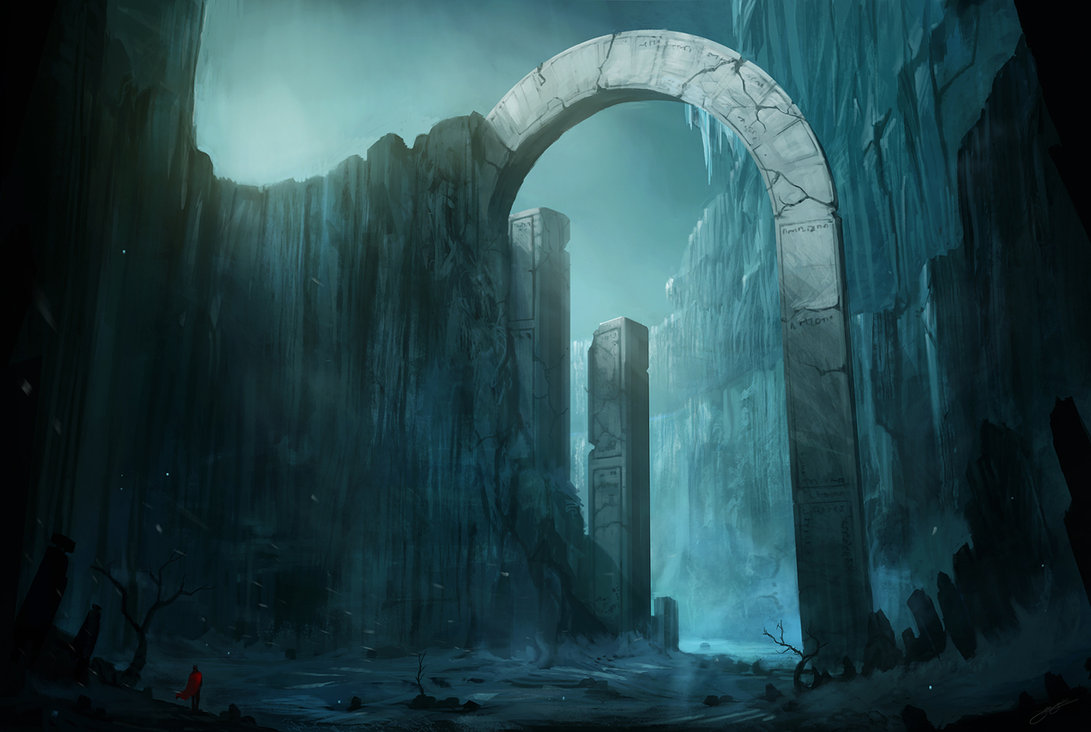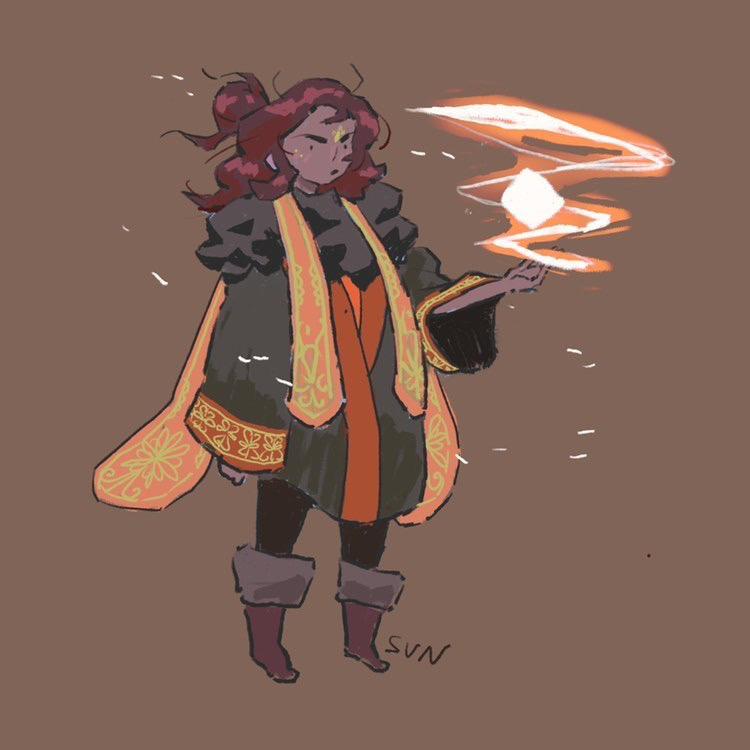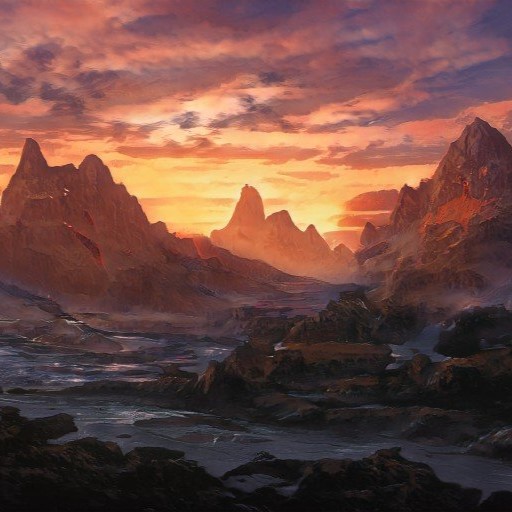Navigational Zodiacs
Map The Stars...
Mute walked into the complex, a name that didn't quite fit the structure. The building looked small, held together with hopes, dreams, and duct tape. It had more in conmon with a metal shack than a a place of learning. It wasn't part of the ruins. The wayfarers built this, and for the first time since beginning his training, he wondered if they were really as great as the stories made them out to be. When he entered the lecture hall, he noticed how empty it felt. Out of twenty chairs, only five were taken. He took a seat of his own, one towards the far corner of the room. It didn't take long for the instructor to show up. He assumed it would be someone hardened by their time as a wayfarer, someone with a military look and rough exterior. What he saw was a woman, tall and lean, with her long black hair tied into a bun. She wore the standard wayfarers uniform, and she took pride in it, given how she practically strutted into the room. The only things betraying her youthful appearance were her dark blue eyes. Mute heard the stories about her. She was one of the first. Now that he had a good look, the pieces started coming together. Her name was Lethe, a name from many myths and legends, A river running through hell itself. Her eyes were old. They've seen things he couldn't even fathom. She's personally walked along that river, and lived to tell the tale...
Hello everyone, my name is Breanna Price, also known as Lethe. I'm the pilot and navigator of The SVN Persephone. That makes me one of the first Wayfarers, and the reason the first wayfarer vessel is still flying.
Each of you made it through the selection process, but becoming a wayfarer requires a variety of skills, and this is one all wayfarers possess. It's required, so I'd suggest you listen. By the end of this, you will have the basic tools needed to construct navigational zodiacs, or NZs.
Navigational zodiacs are a form of shorthand used by wayfarers, and by proxy most humans, to navigate uncharted stars. It's also used to develop more complex star charts for ship navigation systems. We sell this data to any who will pay for it, most notably, The Archivist, Safeharbor's military, and even other species.
Purpose and function
Navigational Zodiacs allow us to go into uncharted space and find our way back without getting lost. That's their primary function. The Milky Way contains between 100 and 400 billion stars and at least that many planets. It's hard to find your way without guidance.
A navigational zodiac organizes groups of constellations, each found by looking out from the orbit of a star in any given system. All constellations from the system in question must be within a given distance to be considered. When all constellations are found, they are grouped up and make up the zodiac.
Naturally, every constellation has its own zodiac, and is part of a constellation in numerous other zodiacs. When enough zodiacs are found, proper star charts can be made and used by ship navigation systems, rather than by sight. Basically, if you have enough data, the computer can do the math for you.
Restrictions
Before we go any further, we need to touch on restrictions for what can and can't be added to a constellation. First off, there is a given range a constellation must be in to be considered a candidate for the zodiac.
This limit is measured in Astronomical Units, or AU. AUs are defined in Light years, with one AU being the equivalent of one light year. Stars and constellations must be within 200AU to qualify for a zodiac.
Given the vastness of space, you rarely have a ton of constellations that meet that criteria until you get closer to the center of the galaxy. As such, there are no hard limits on the number of constellations in a zodiac, or the number of stars that can be in a single constellation.
Forming a Zodiac
Excluding Safeharbor, all NZs begin by selecting a location, the orbit of a specific star. Wayfarer ships are equipped with stellar imaging, but on occasion, you may have to go for a walk, or use panoramic viewing to get a better idea of distance. Due to our unique genetic modification, the human eye is capable of estimating distance between stars. We dont get many benefits from it, so use what you have.
Once all stars within 200AU are found, you use stellar imaging to capture images of them. You bring those stars into focus and fade the others out. This is everyone's favorite part. You create the constellations by linking these stars together, forming lines to produce an image by connecting the dots.
Once all the relevant stars surrounding your location are grouped into constellations, you have successfully made a navigational zodiac. Don't get too excited though. Sure this is when you get to pick names and conjure stories, but your work is far from over. Take your time. With as many stars as there are, you wont be running out of them any time soon. It's not a race. We keep these zodiacs in both physical and digital form, not a single detail overlooked.
Surveying
When making a zodiac, your primary goal is to gather as much information as possible before moving on to make another. This means lots of data collection. This includes resources, signs of life, space stations, obstacles, and hazards. Catalogue every species, every unknown mineral, and every other detail you find. Once you survey the system you're in, you move on to the first star in the first constellation of its zodiac, and so on and so forth.
We work in large cosmic spheres. Once you arrive at the first star in a new constellation, it's usually a good idea to look for a mirror constellation. This will mark your previous location in your new star's zodiac. This means you can ignore making a full zodiac for every star in a constellation. By using a single point of reference, you save yourself time and work.
Once you have a mirror constellation for your current star, you survey the current system. Note every anomaly discovered. Feel free to poke around and get more information. The more information your NZ has, the more valuable it is. You do this until every star in every constellation is surveyed. After that, find a new system for reference, rinse, and repeat.
Guiding stars
Next, we need to talk about guiding stars. Guiding stars are meant to be the first star traveled to when making a zodiac. This star is where you begin. By doing this, you save yourself the trouble of making NZs for every star you find. Every zodiac needs one. It is always the safest star to travel to, and there are rules in selecting it.
First, guiding stars cannot have anomalous activity in the system. Even with the data you collect, there is no telling if someone else will be in danger, or if they pose a danger to the something in the system. Secondly, hyperlanes take priority. If a system has a hyperlane and no anomalies, that is your guiding star.
If no candidates fit the description, then you always choose the youngest star of the constellation as a guiding star, and no blue stars... Period. This ensures the longevity of the NZ. Stars die, and no one wants to be caught by a black hole that wasn't supposed to be there. Why blue stars? The majority of all black holes in the galaxy were once blue stars. Simple.
Anomalies
Let's face it, the anomalies are why we do the job. Anomalies are anything that is present in a system, or perhaps an event that occurs in the system that deviates from the norm. This includes the presence of life, technology, remnants of civilizations, structures in the void, odd stellar phenomena, and the list goes on.
As I said, you're free to dig deeper into anomalies as you find them. Sometimes it can be highly rewarding, but be careful. You never know what you're going to find, and there are countless dangers out in the void.
Anomalies are rare, but considering how many stars there are, it may not always feel like it. Sepia has numerous anomalies, and that's just one star cluster.
Notation
Notation is fairly simple. Every NZ will feature notes. While some information needs to be described in accompanying documentation, such as the specifics of resources and anomalies. There's a shorthand we use as a warning for others.
Marking a system with an "A" means there are anomalies, an "H" references a Hyperlane, a "G" mark's your guiding star, and an "R" mark's the presence of potentially valuable resources in the system.
It sounds simple, but it's important for a captain that needs to get out of a sticky situation to easily select a destination without going through your heavily detailed study of alien slime mold on a planet they won't even be visiting.
Be Creative
Images make things easy to remember, and stories even more so. We watch the stars. It's in our nature. Stargazing led to the development of NZs in the first place. Don't be afraid to get creative.
Most of the time, surveys will be conducted by drones, and this can lead to downtime, so its not like you'll be busy. It helps to give names to the planets and the stars. It also helps to name your constellations.
NZs are famous among some species. It sends a message to everyone else in the galaxy. It tells them who we are. When named, you may feel compelled to tell stories. We like to add stories to the notes of the NZ, as it can make the constellations easier to spot for those who enjoy the story. It's scary enough in the void, so don't be afraid to brighten someone's day.
Remove these ads. Join the Worldbuilders Guild
















This is very cool! I can only imagine the adventures that will occur for Mute if he does truly become a Wayfarer. :D